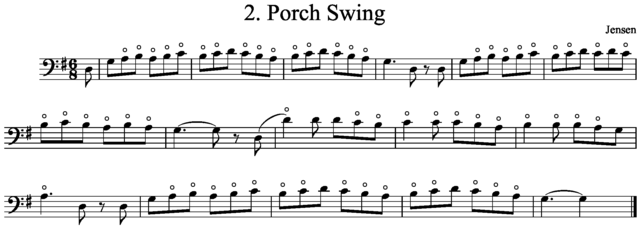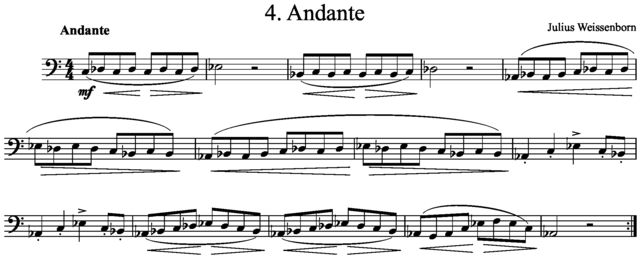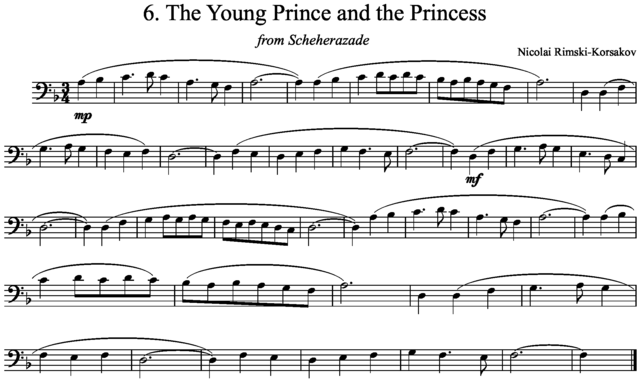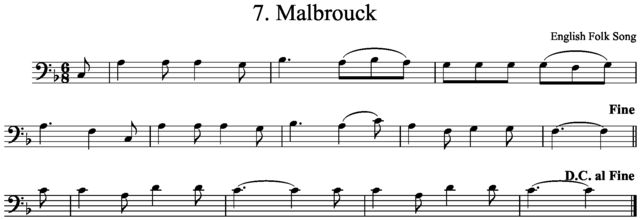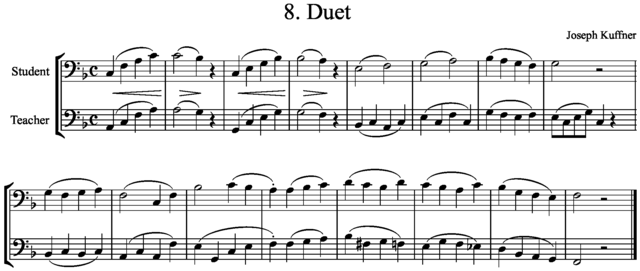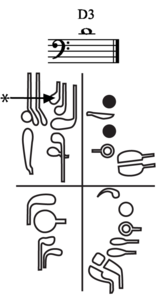
*D3 requires flicking only when slurring to it from F2 or lower. When tonguing the D, notice if the beginning of the note cracks. If it does, try flicking it, otherwise it is not necessary when tonguing it (instrument, reed and bocal set-up will affect this note). Use the high D key, the top one on the wing joint, if your instrument has one. If not, you can try flicking the C key, but that might cause the beginning of the note to chirp or be sharp, in which case you should not flick it, and you can get it to speak through strong breath support and a firm embouchure. As you approach D3, as well as the notes around it, raise the back of your tongue as if you were pronouncing the letter “E”. This will contribute to a resonant sound on these notes, and keep them from being flat in pitch.


